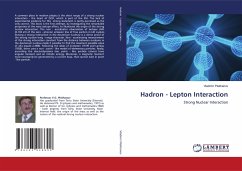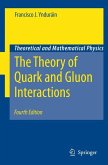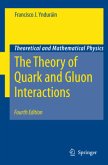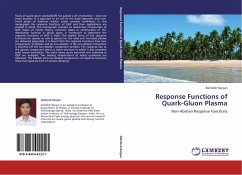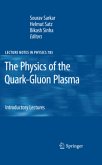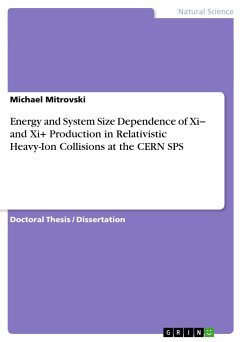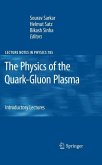A common place in modern physics is the short range of a strong nuclear interaction - the heart of QCD, which is part of the SM. The lack of experimental evidence for this strong statement is tacitly perceived as the only correct. This book is the first attempt, by investigating the remarkable properties of the mass isotope effect, to illuminate the origin of the strong nuclear interaction. The non - accelerator observation of isotope shift (0.103 eV) of the zero - phonon emission line of free exciton in LiD crystals (having a strong interaction in the deuterium nucleus) is a direct proof of the strong nuclear long - range character. Non - accelerating measurement of the strong interaction constant from the distance between nucleons in the deuterium nucleus made it possible to find the maximum possible value of alfa equals 2.4680. Following the ideas of Compton (1919) and Landau (1958), there uses a non - point - like model of elementary particles. Really, according the electrodynamics law, point - like particle cannot have angular moment and an infinite energy. Moreover, a magnetic moment must necessarily be generated by a current loop, that cannot exist in point - like particle.
